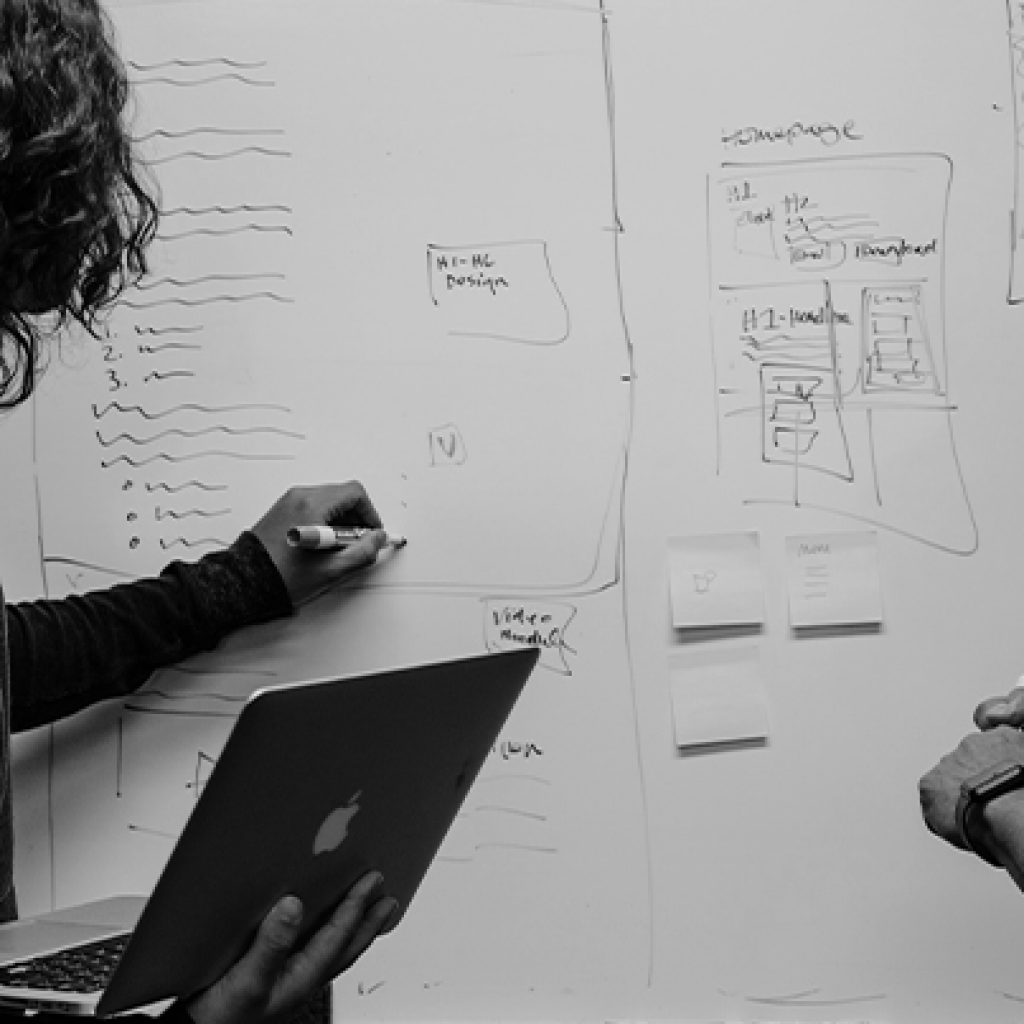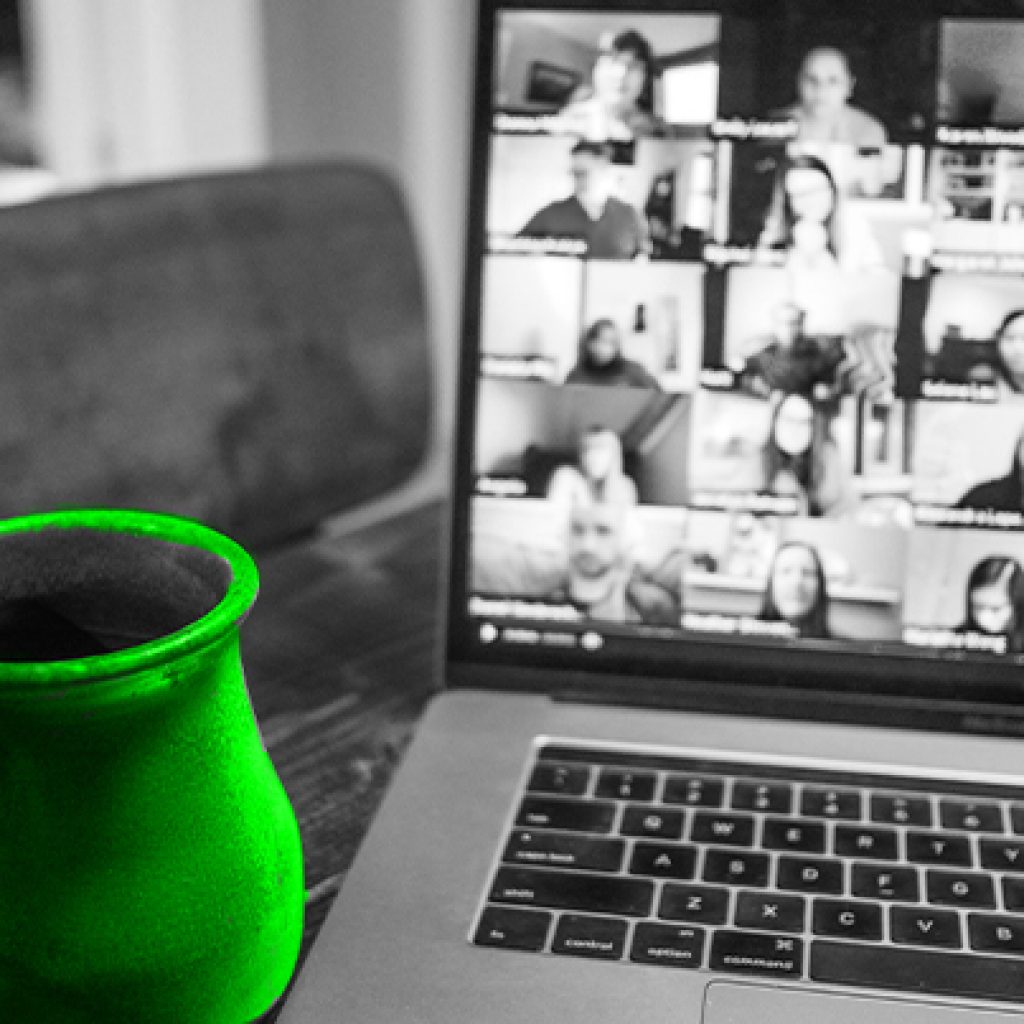
If there’s one thing we’ve all been doing more of in the last few months, it’s having conversations. Real, honest, often soul-searching; the way we talk to one another now is quite different than it might have been six months ago. “How are you doing?” has become a much more genuine question, with the asker keener to know the truth and less likely to be fobbed off with a once-acceptable “Oh, fine”. Consequently, lockdown, and ‘lockdown-lite’ (or however the ‘new normal’ might be termed) has made it permissible to answer truthfully. More than ever before, it’s OK to admit if one is feeling rubbish, desperate, even desolate.
By June of this year, the average UK adult was spending one quarter of their waking hours online – and much of that time was spent in conversation with others. Ofcom’s annual Online Nation report cited a 2000% increase in Zoom users, with other digital platforms such as TikTok and WhatsApp seeing similar growth. Our need to be in touch, to reach out to people, has never been so strong.
Unsurprisingly, the need for two-way, four-way, even multi-way conversations is driving a step-change in how businesses are communicating with their employees. And with employee health and wellbeing a higher priority than ever before, it’s hardly surprising that top-down or broadcast communications are being shelved in favour of more informal – but usually far more engaging – chat-based mediums.
This shift in approach has many advantages – and, naturally, presents challenges too. I’ve caught up with numerous business leaders over the past few weeks, and each time the main topic of conversation was – guess what? – Conversation. Below is a summary of what I’ve heard… I wonder if any of it rings true with you, too?
Right time, right place
Encouraging open, honest workplace conversation is one thing. Finding the right channel and the appropriate time is likely to be something else entirely. The fragmentation of workforces (remote working vs. ad-hoc office visits; furloughed employees vs. all-hands-on-deck teams) is requiring firms to think harder and more creatively about how to ensure everyone is part of the conversation.
The formalities of email (trackability and auditability requiring a certain level of professionalism not ideal for conversation) lend it better to fact-based communications. Instructions, requests, introductions and simple knowledge-share, for example, sit well with email. Internal messaging systems are great for eliciting a quick response from a colleague, or for expressing thanks, delight, or even more negative emotions (if it contains a “yikes!” or requires more than one exclamation mark, internal messaging is the way to go!). Intranet message boards or discussion groups on the other hand are much more public, making them ideal for asking opinions, sharing observations and/or documents, taking team ‘temperature checks’, and so forth.
There is much to be said for making basic ground-rules very clear, so that each channel is used sensibly and suitably. Far from being restrictive, setting out clear internal communications guidelines can actually liberate a workforce: encouraging those vital conversations whilst helping the business get best ROI from its comms channels.
At smart/tasking, for instance, we allocate a full half-hour every Tuesday mid-morning for a group catch-up via video link. It’s not compulsory, and ‘work talk’ is discouraged so that we can focus on interpersonal dialogue. In much the same way as colleagues used to gather for a quick coffee and a social chat, that half-hour is sacrosanct to us for essential colleague bonding. Project or decisions-based conversations tend to happen first thing in the morning, when everyone’s brains are fresh. Strategy or brainstorming sessions, on the other hand, often happen mid-afternoon, when the mind often needs to be a bit more creative. We also have a team WhatsApp group, which we often use to motivate, congratulate and encourage. Importantly, we all know what type of conversation will happen on which channel, meaning we contribute accordingly and make the most of it.
Who, What, Why, When and Where are five ‘golden questions’ that can help determine the best time and format for those vital workplace conversations. And if the options are still confusing, please get in touch.
Don’t misunderstand me…
We’ve all had those warts-and-all conversations recently. At work, just as outside of it, honesty is to be motivated and rewarded. Tone, however, often comes under greater scrutiny in a professional situation. No-one should hold back from voicing a strongly-held opinion or asking for help, but the way in which it is done requires more attention now that more of us (most of us?!) are working remotely. Intention and impact (“what I mean” versus how “what you heard”) have arguably never been more important. There are some good articles out there that go into much more detail about the philosophy and ethics behind this (I quite like Striving Strategically’s perspective on this).
Whilst the concept itself isn’t hard to understand, the real challenge lies in how best to coach an entire workforce in putting intention & impact into action successfully – especially if that workforce is operating remotely. In the words of executive coach Ed Batista, “When speaking in person, the content of our message includes not only what we say, but also the entirety of our behavior throughout the exchange – facial expressions, body language, tone of voice, speech patterns, eye contact, etc. – and all of these factors will contribute to our impact on the other person.” How many of us have accidentally misjudged the tone of an email, or misinterpreted something voiced on a conference call? The greater the physical distance between conversationalists, the more important it is for us to consider not just what we say, but how we say it.
And remember – the very fact that we’ve got the double-whammy of huge uncertainty and fragmented teams means that we could all benefit from a bit of fine-tuning when it comes to intention and impact.
More talking, less doing?
Encouraging employees to talk, and talk often, is indisputably advantageous. Ideas are shared, praise is given; everyone is on a level, virtual playing field. Ensuring an appropriate balance of engagement and productivity is, however, paramount.
Pre-Covid, I saw firms that actually struggled to encourage employees to use intranet chatrooms (imagine!); such was the employees’ concern about the perceived negative impact on their workload. Today, the challenge is likely to be more about balance. That said, a recent piece of analysis from Deloitte charting work practices during and since lockdown indicates that around 55% of UK workers believe their colleagues are just as productive – or even more so – since lockdown began. Moreover, only 31% claim they felt more collaborative when working together in an office environment – and only 25% felt that being office-based had enabled them to network more easily. In other words, workplace mobility and collaboration are felt to have increased since the coronavirus pandemic required many of us to work remotely. This can only be a good thing – however, these are arguably harder factors to measure than delivering against pre-set targets, or at the very least the measurement period needs to be somewhat longer in order to provide a useful picture. There’s no doubt that we can expect to see a sharp rise in tracking and reporting these ‘softer’ skills, and in particular how they correlate with individual and team productivity. It’s something we’re seeing more and more interest in, and we’re helping firms design and implement how that can be achieved.
One thing that we can all be certain of in these uncertain times is change. Change isn’t going to go away; businesses need to adapt faster than ever before. There is indisputable evidence that people adjust to change better when that change is talked about – in other words, when good conversations are held. Research conducted by Towers Watson indicates that 50% – 75% of change programmes fail, with communication (or rather, the lack of it) cited as one of the biggest contributors, and respect cited as another. Combine communication with respect, and what do you get? Open, honest conversations that allow dialogue to flow freely; that enable people to voice concerns, ask questions and truly be themselves.
The art of conversation is truly having a renaissance, and we should all be excited to play a part in it.
Start a conversation with smart/tasking – we’d love to hear about what is and isn’t working for you right now.
by: Helen Greenwood | Client Partner
More insights:









